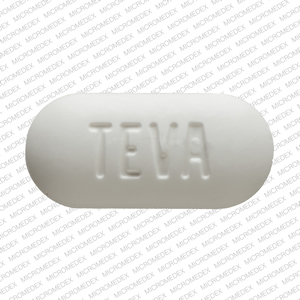Sucralfate Disease Interactions
There are 2 disease interactions with sucralfate.
Sucralfate (applies to sucralfate) hypophosphatemia
Major Potential Hazard, High plausibility. Applicable conditions: Phosphate Imbalance
Sucralfate has phosphate binding properties for which the drug is sometimes used therapeutically. However, hypophosphatemia may occur in some patients, regardless of renal status. Therapy with sucralfate should be administered cautiously in patients with preexisting hypophosphatemia. Monitoring phosphate levels in these patients is recommended.
Sucralfate (applies to sucralfate) renal dysfunction
Major Potential Hazard, Moderate plausibility.
Patients with chronic renal failure or those receiving dialysis have impaired excretion of absorbed aluminum. Additionally, aluminum does not cross dialysis membranes as it is bound to albumin and transferrin plasma proteins. Aluminum accumulation and toxicity (aluminum osteodystrophy, osteomalacia, encephalopathy), have been described in patients with renal impairment. Sucralfate must be used with caution in patients with chronic renal failure.
Switch to professional interaction data
Sucralfate drug interactions
There are 159 drug interactions with sucralfate.
Sucralfate alcohol/food interactions
There is 1 alcohol/food interaction with sucralfate.
More about sucralfate
- sucralfate consumer information
- Check interactions
- Compare alternatives
- Pricing & coupons
- Reviews (243)
- Drug images
- Latest FDA alerts (2)
- Side effects
- Dosage information
- Patient tips
- During pregnancy
- Support group
- Drug class: miscellaneous GI agents
- Breastfeeding
- En español
Related treatment guides
Drug Interaction Classification
| Highly clinically significant. Avoid combinations; the risk of the interaction outweighs the benefit. | |
| Moderately clinically significant. Usually avoid combinations; use it only under special circumstances. | |
| Minimally clinically significant. Minimize risk; assess risk and consider an alternative drug, take steps to circumvent the interaction risk and/or institute a monitoring plan. | |
| No interaction information available. |
See also:
Further information
Always consult your healthcare provider to ensure the information displayed on this page applies to your personal circumstances.


